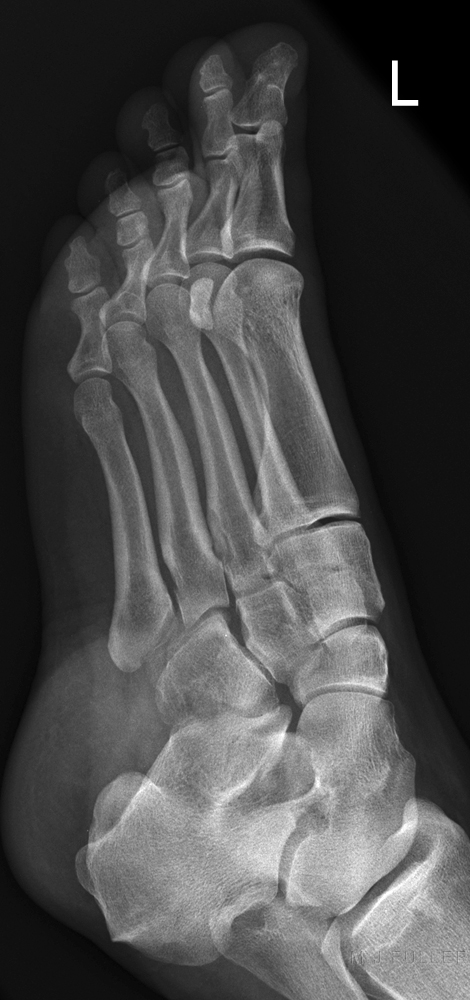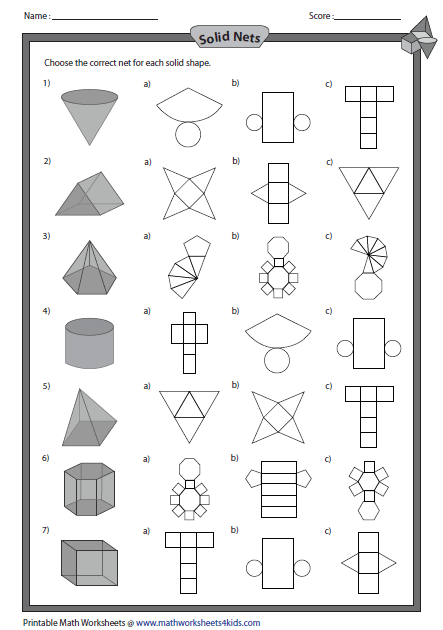

In the proximal row, majority of partial articular fractures were localized in the dorsal side. Comminuted fractures were more frequent in the cuboid. Proximal fracture had a homogeneous distribution and they were more frequently simple than comminuted. The fracture-dislocations were 91 (76%) and 25 were fractures of the proximal row (cuneiforms and cuboid), 39 of the distal row (metatarsals), 27 of both the distal and proximal row. Twenty-nine lesions (24%) were pure dislocations and they were mainly localized in the first and fifth ray. We observed if the lesions were pure ligamentous or fracture-dislocation detecting the extent and the location of fractures. We reviewed a series of 24 complete TMC injuries with homolateral dorsolateral dislocation. The aim of this study was to review a consecutive series of TMC injuries analyzing preoperative radiograph and CT scan to accurately define the pattern of ligament and bone injuries. The knowledge of anatomic pattern of the lesion and biomechanics of the midfoot is the key for a successful diagnosis and treatment.

TMC lesion are rare but critical since they cause severe disability if misdiagnosed. We have drawn three different isometric sketches of this cuboid.Tarsometatarsal joint complex (TMC) is the anatomical structure of midfoot composed by metatarsals, tarsometatarsal (TMT) joints, cuneiforms, cuboid and navicular. The dimensions of a cuboid are 5 cm, 3 cm and 2 cm. Maths NCERT Solutions Class 7 Chapter 15 Exercise 15.2 Question 2 Draw three different isometric sketches of this cuboid Video Solution: The dimensions of a cuboid are 5 cm, 3 cm and 2 cm.


☛ Check: NCERT Solutions for Class 7 Maths Chapter 15 Three different isometric sketches of the given cuboid are shown below: The dimensions of cuboid are 5 cm, 3 cm and 2 cm: Isometric Sketching is a pictorial representation on 2-D (two dimensions), of an object in which all the 3-D (three dimensions) are drawn at full scale.


 0 kommentar(er)
0 kommentar(er)
